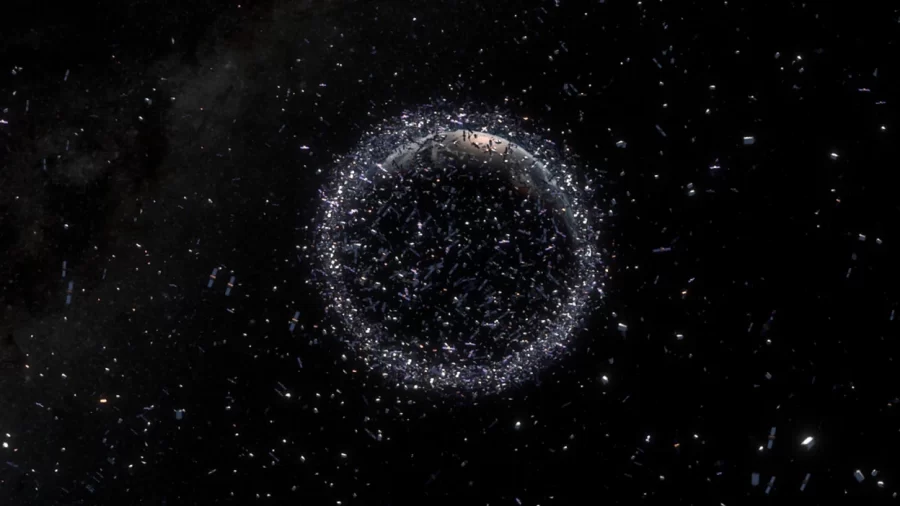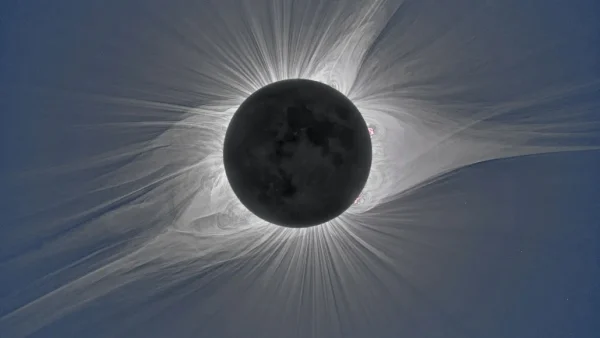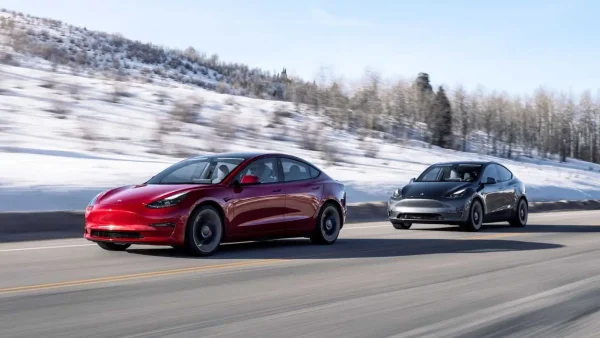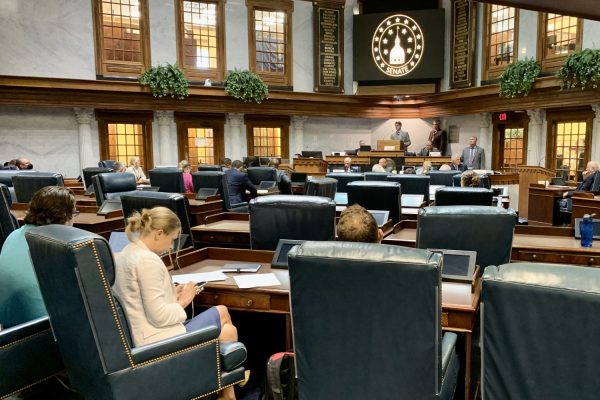Concerns Rise Over Launch of Starlink Satellites
April 21, 2023
The new innovative satellite internet project by SpaceX called Starlink, a massive network of low-orbiting satellites providing faster connection, launched at the end of February and promises the utmost safety and sustainability. However worries arise over the negative affects the constellation of technology could induce.
The project has made high speed satellite internet commercially available to the most remote places on Earth. With a lower orbit and innovative technology, the satellites offer faster internet than any other service. The project has launched nearly 4,000 satellites into a massive grid covering Earth’s atmosphere as of April 21, orbiting at 342 miles above the Earth’s surface, around 65 times closer than most internet services. However, Starlink plans to have a total of 42,000 satellites in orbit, which leaves astronomers with high concerns.
Astronomers worry about the effects on the atmosphere and climate Starlink could have, as tens of thousands of satellites launching, deorbiting, and creating burning debris could have a massive impact on climate change in the future. The debris alone estimates raising the temperature of Earth’s atmosphere, which is already on a steady ascent, to rise by 1.5 degrees Fahrenheit by 2050, increasing the number of hotzones deemed “barely liveable”. Massive new projects which threaten a higher rate of temperature increase lower the chances of ever being able to slow the rate of climate change. Thousands of orbiting satellites also raise concerns over collisions, as astronomers deem Starlink as the number one hazard for collisions in outer space. Recent issues with the satellites have already shown them to be slowly falling towards Earth, with one already deorbited, burning in the atmosphere upon its approach.
A massive grid of satellites surrounding the Earth on all sides is a huge step into the future of technology in space, a step which many do not take well. Although regulated up to industry standards, the project raises people’s speculations about their safety from technology, and concerned predictions of the dominance of technology in the future. These rising concerns are conflicted with the positivity towards higher internet speeds and the step into a new age of technology in space. With the reception and future unclear for the satellites, opinions will continue to arise and conflict over this step into the future.













